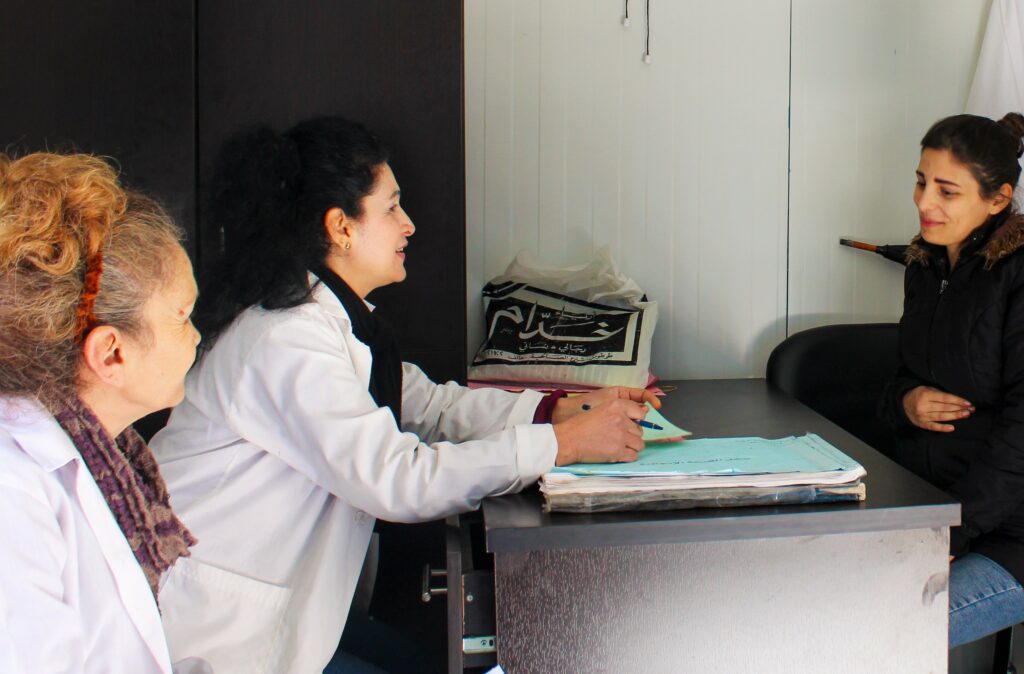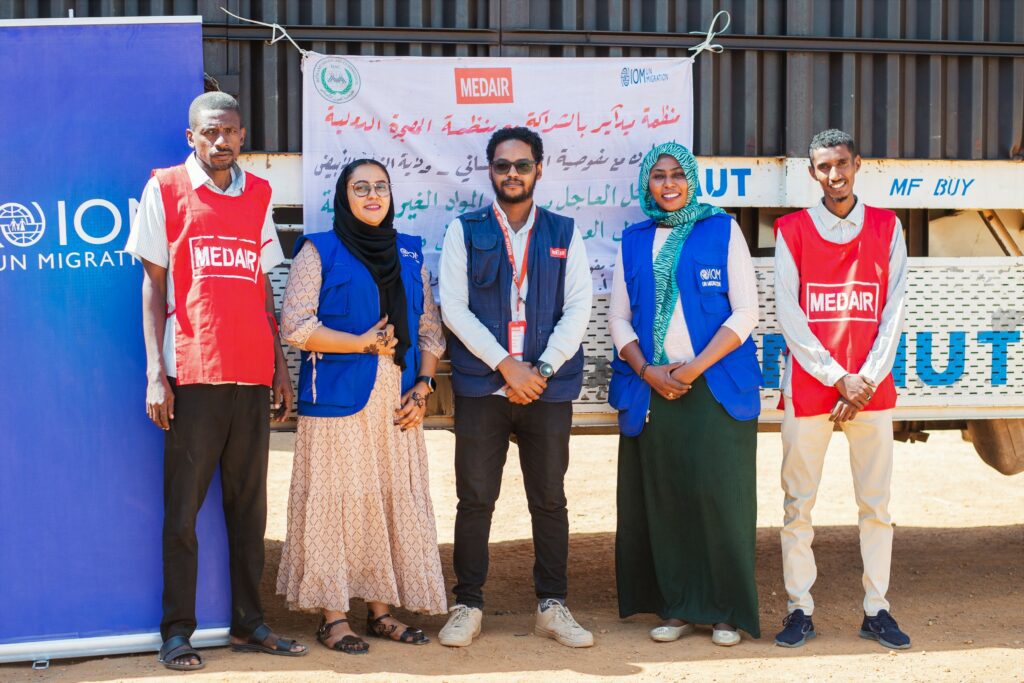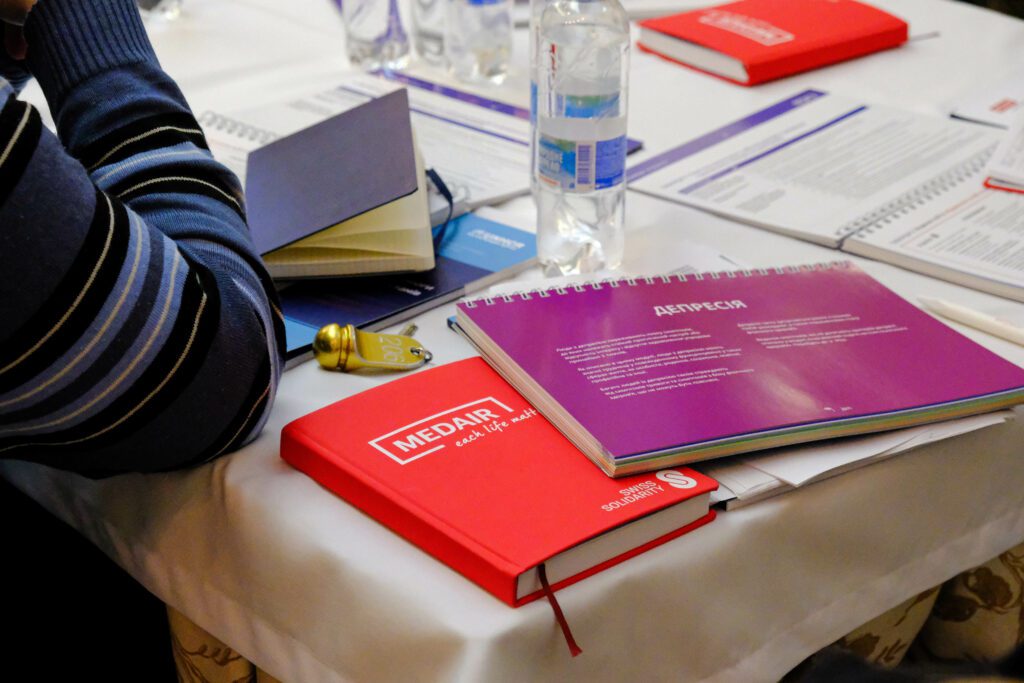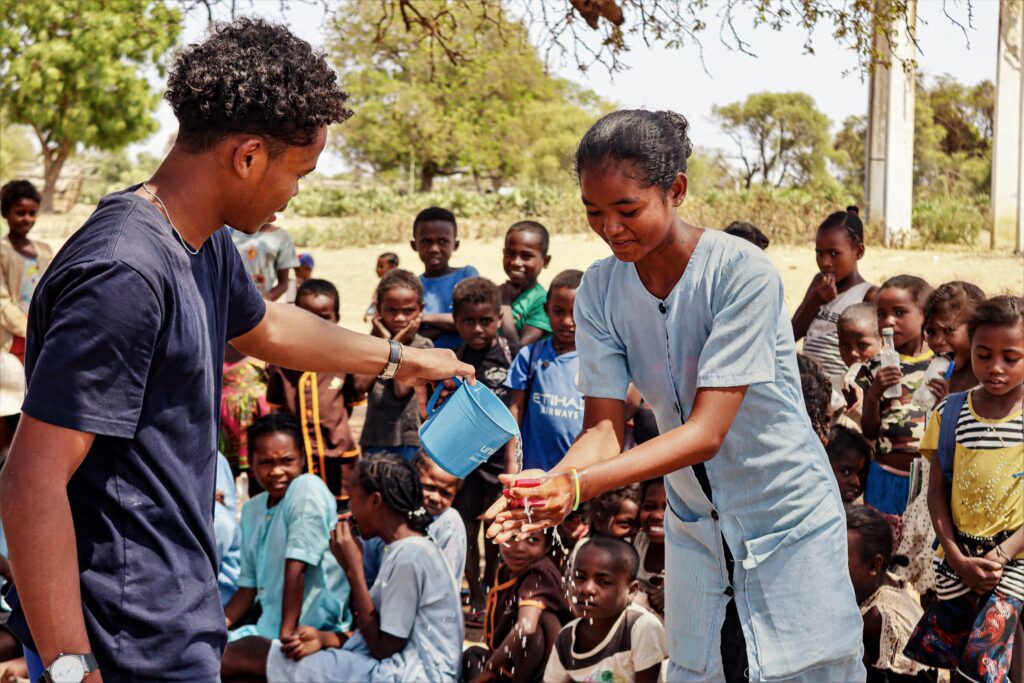Since the crisis started in Syria back in 2011, Syria’s name was something you saw every day on the news and social media platforms. Photos and videos showed the harsh heart-breaking reality. Destruction and bloodshed took over the country for years.
In the last couple of years, Syria’s name had appeared less and less. Nowadays, you rarely see it in headlines. Sometimes there are a few news stories here and there about clashes and bombings, or about talks, ceasefires, and peace missions. The crisis, as we once knew it, has subsided significantly. People have started paying less attention to what’s happening in Syria – but this does not mean life has gotten better in any areas that were declared as ‘safe’.
What’s happening in Syria today?
The ongoing crisis, now in its tenth year, has taken a large portion of the country’s infrastructure. Homes, health centers, and hospitals are either destroyed completely or barely functioning. Now, only 58 per cent of hospitals in Syria are functioning, and the severe damages inflicted on water, electricity, and sewage systems, mean people can go days and sometimes weeks without running water or electricity. Many communities are threatened by floods and the spread of different types of diseases due to the malfunctioning sewage systems in their areas.
For millions of families in Syria, daily life has become a struggle. More than 13 million Syrian citizens are in need of humanitarian support just to survive. The crisis has tightened its grip on people’s necks, leading to a vicious battle of another nature: A battle for life. In many parts of the country, whether it was Aleppo, Der-ez-Zor, Idleb, Al-Hasakeh, Damascus and Rural Damascus, Homs and Dar’a – and many areas you may never have heard of, Syrian families struggle just to meet their most basic needs.
You might wonder now, how basic are we talking? Well, people queue for hours just to buy bread and other necessary food items. Gas and fuel are in short supply, as is water in areas where the water infrastructure has been damaged or is dependent on electricity (which as we have mentioned, has become a luxury that many families don’t experience often). People have turned to alternatives to produce water for their households: Now, a high percentage of households rely on buying water from unreliable trucks, where the water may be collected from unknown or unsafe sources, not even mentioning the high prices of water from these trucks. This is compounded by a drastic drop in water levels of the Euphrates River leading to a reduced energy production capacity and water shortage across northeast Syria.
Families have started returning to their long-left houses, aiming for a fresh start. However, it’s not that simple. Often, they return to damaged homes that are no longer equipped with doors or windows and have nothing to shelter them from the old on harsh winter days. The bathrooms may lack basic equipment. There may be nothing to sleep on. In short, the home they’ve once known is not there anymore.
The situation has declined rapidly since 2020. COVID-19 has been a kick to the leg to a country that’s barely standing. About 300,000 people have been left without jobs, paired with an already unstable economy, a pile of sanctions, soaring prices of everyday goods (linked to a 78 percent drop in the value of the Syrian currency). As a result, 82 per cent of families are now unable to meet their basic needs, and close to 90 per cent of the population lives below the poverty line. All things considered, it is nearly impossible for people to just stay home and protect themselves from COVID-19 when they need to find a way to put bread on the table.
This is the reality of today’s Syria; a lot of work still needs to be done. The bright side is that we can all help.
Medair’s work in Syria started in 2015. Our mission focuses on alleviating the suffering and putting the help where it counts, whether by rehabilitating homes for people to be able to live in them with dignity, rehabilitating health care centers and equipping them with what’s necessary to function and to serve the community, and repairing, equipping water and sewage systems to help protect communities against waterborne illnesses and diseases, and be able to meet their daily drinking water needs by distributing household water tanks or providing safe water trucks.
It will take more than a month or two to help the country and its people stand on their feet and feel that they don’t have to wake up every day burdened with worries about how to afford safe water, health care and food.
Now that you know the crisis in Syria has not ended, but rather transformed into a more complex one, your support, no matter how small, counts to help make someone’s life in Syria a bit less hard.
To know how you can help change a life in Syria, click here
Main photo ©Zain Albadeen
Medair services in Syria are funded by The European Commission’s Civil Protection and Humanitarian Aid Operations, Swiss Solidarity private donors.
Please note that all statistics mentioned in this article came from the Humanitarian Needs Overview 2021 (OCHA, 2021).
This content was produced with resources gathered by Medair field and headquarters staff. The views expressed herein are those solely of Medair and should not be taken, in any way, to reflect the official opinion of any other organization.





